Introduction to On-page SEO and Its Crucial Importance
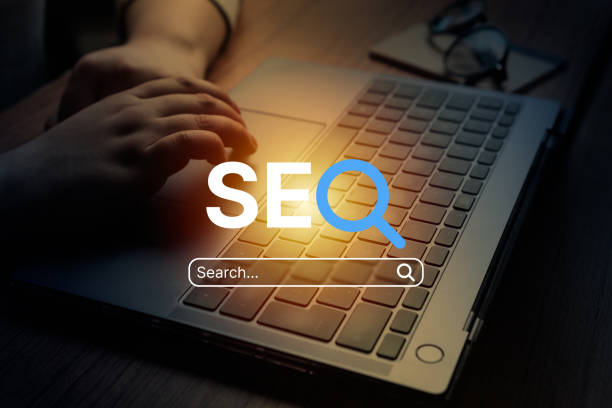
On-page SEO is the backbone of any search engine optimization strategy, helping search engines better understand your website’s content and deem it more relevant to target users.
Unlike off-page SEO, which focuses on backlinks and off-site activities, #on_page_seo encompasses all optimization activities performed directly on your website.
This includes everything from keyword optimization and content structure to user experience and page load speed.
The importance of this part of SEO lies in the complete control you have over it; by implementing it correctly, you can significantly increase your chances of ranking higher in search results.
Neglecting this aspect can lead to wasted efforts in off-page and technical SEO, as even the best backlinks cannot save a website with poor content or an inappropriate structure.
This section is explanatory and provides guidance, striving to offer a general and comprehensive overview of the importance of on-page SEO.
Indeed, a deep understanding of how different components of a web page interact and how search engines interpret these interactions is crucial for SEO success.
This process requires a comprehensive approach and attention to detail.
Losing potential customers due to an unprofessional website? Rasavob is your answer! With our specialized corporate website design services:
✅ Enhance your business’s credibility and standing
✅ Experience attracting more targeted customers
⚡ Act now to receive a free consultation!
Keyword Research: The Cornerstone of Every On-page SEO Strategy
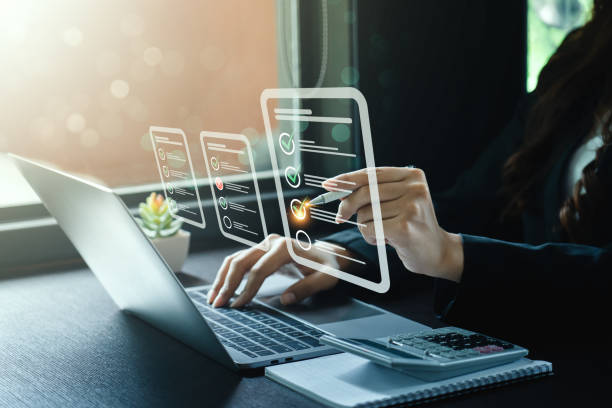
#Keyword_research is not only the first step but also one of the most important and impactful stages in implementing #on_page_seo.
Without a proper understanding of the words your target audience uses to search for information, products, or services, optimizing your content will be futile.
This educational and specialized process involves identifying phrases with the highest potential to attract relevant, high-quality traffic to your website.
The goal is not merely to find keywords with high search volume, but to find words that accurately reflect #user_intent and align with your content.
For instance, long-tail keywords, which consist of three or more words, often have lower search volume but higher conversion rates, as users know exactly what they are looking for.
Various tools are available for keyword research, including Google Keyword Planner, Ahrefs, Semrush, and Moz Keyword Explorer.
Using these tools, you can discover search volume, keyword difficulty, and related keywords.
Additionally, examining competitors and seeing what keywords they use to rank can provide valuable insights.
The correct selection of keywords will form a solid foundation for all subsequent activities in your #on_page_seo.
This step ensures that your optimization efforts are focused on phrases actually searched by your audience, which is the basis for success in search engines.
A deep understanding of #user_intent in keyword selection makes a fundamental difference in the success of search engine optimization campaigns.
Content Optimization for On-page SEO: Step by Step
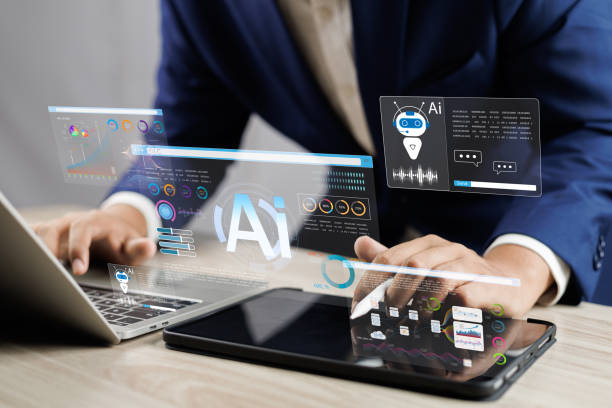
After carefully selecting keywords, it’s time for the most important part of #on_page_seo: content optimization.
This stage involves adjusting each on-page element to ensure search engines and users can understand your content as best as possible.
This is an educational and specialized approach that requires precision.
The most important elements for optimization include:
- Title Tag: This is the most critical element for #on_page_seo.
The title tag should contain your main keyword and be engaging and enticing to encourage users to click.
Its ideal length is typically between 50 to 60 characters. - Meta Description: Although meta descriptions do not directly affect rankings, they play an important role in click-through rates (CTR).
These descriptions should be an appealing summary of the page’s content and naturally incorporate keywords. - Heading Tags (H1-H6): Correct use of H tags helps search engines and users understand the structure of your content.
H1 should be used for the main title of the page, and only one H1 is allowed per page.
Other H tags (H2, H3, etc.) are used for subheadings and text organization and should contain relevant keywords. - Body Content: #Quality_content and comprehensive content is the king of #on_page_seo.
Your content should be deep, informative, and responsive to user needs.
Keywords should be naturally distributed throughout the text without overstuffing.
Google rewards comprehensive and reliable content. - Images and Videos: Image optimization includes using appropriate Alt Text, compressing for improved loading speed, and choosing descriptive file names.
| Element | Description | SEO Importance |
|---|---|---|
| Title Tag | The most important visible title in the browser tab and search results | Very High, main ranking signal |
| Meta Description | A short summary of the page content in search results | High (increases CTR) |
| Heading Tags (H1-H6) | Structuring content and thematic categorization | Medium to High (clarity of structure for engine and user) |
| Body Content | Main text, images, and videos on the page | Very High (answering user intent, comprehensiveness) |
| Image Alt Text | Text description for images (aids accessibility and image SEO) | Medium (aids understanding of image content) |
By observing these points, you can ensure that your content is not only engaging for users but also easily understandable and indexable for search engine crawlers.
This systematic approach is a key part of success in #on_page_seo_optimization.
The Role of Internal Linking in Strengthening On-page SEO

Internal linking is an often overlooked yet incredibly powerful element in #on_page_seo.
This process involves creating hyperlinks that point from one page on your website to another page within the same website.
Its role in improving your website’s ranking is multifaceted and is considered guidance and a specialized strategy.
Firstly, internal links help search engines better understand your website’s structure and discover new pages.
These links act like a map for search engine crawlers, allowing them to navigate from page to page and recognize the relationship between different content.
Secondly, internal linking helps distribute “link equity” or “Page Authority” throughout your website.
Pages that have received strong backlinks from other sites can pass this value to other pages through internal links, helping to boost their rankings.
Thirdly, internal links improve user experience.
By guiding users to other relevant content, you increase their dwell time on your site and reduce the bounce rate.
These signals are very important for search engines and indicate that your website provides valuable and relevant content.
When creating internal links, using #appropriate_anchor_texts that contain relevant keywords is crucial.
This shows search engines what the destination page is about.
Finally, with a correct #internal_linking strategy, you can both increase your website’s SEO power and improve user experience, both of which are essential for success in on-page SEO.
Does your current e-commerce site design lead to lost customers and sales?
Rasavob offers modern, user-friendly e-commerce website designs—your solution!
✅ Significant increase in conversion rates and sales
✅ Strong branding and building customer trust
⚡ Get a free e-commerce website design consultation from Rasavob!
The Importance of User Experience (UX) in On-page SEO Strategy
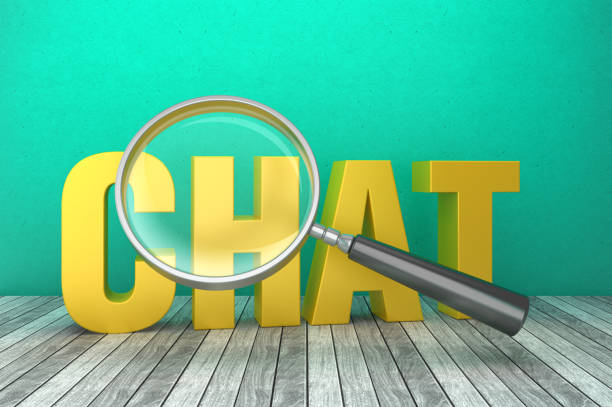
In today’s world of #SEO, simply optimizing keywords is no longer enough.
User Experience (UX) has become a key ranking factor, playing a central role in the success of #on_page_seo.
Google increasingly emphasizes Core Web Vitals (loading speed, interactivity, and visual stability), which are directly related to UX.
A website with excellent UX not only keeps users satisfied but also sends positive signals to search engines.
This section provides an analytical and explanatory look at the connection between UX and #on_page_seo:
- Page Load Speed: Faster pages provide a better user experience and have lower bounce rates.
Google has explicitly stated page speed as a ranking factor.
This includes optimizing images, reducing CSS and JavaScript code, and using a CDN. - Mobile-Friendliness: Given the high volume of searches via mobile, a responsive website design that displays well on all types of devices is crucial.
Google prioritizes mobile-first indexing. - Readability and Content Structure: Your content must be easily readable.
Using short paragraphs, lists, subheadings, and ample white space makes text easier to read.
This is not only beneficial for users but also helps search engines understand the structure and importance of your content. - Easy Navigation: A logical structure and clear menus help users easily move around your website and find what they are looking for.
This reduces user confusion and increases dwell time.
Ultimately, the goal of both SEO and UX is to provide the best possible user experience.
A well-designed website that offers a positive user experience not only attracts users but also encourages them to stay and interact more.
This positive interaction sends strong signals to search engines and significantly helps improve your ranking in search results.
On-page SEO success is impossible without attention to user experience.
Images and Videos: Optimizing Visual Elements to Improve On-page SEO

In the age of visual content, images and videos play a vital role in attracting audiences and enhancing #user_experience.
But their importance is not limited to aesthetic appeal; proper optimization of visual elements is an integral part of #on_page_seo.
This section provides an educational and guidance for optimal use of these elements in your SEO strategy.
- Image Alt Text: This is the most important factor for image SEO optimization.
Alt Text provides a brief description of the image content and helps search engines understand the image.
It is also useful for visually impaired users or if the image fails to load.
Alt Text should contain #relevant_keywords, but it must be natural and descriptive, not just a list of keywords. - Image File Name: Before uploading, rename your image files to something descriptive and keyword-rich (e.g., “on-page-seo-guide.jpg” instead of “IMG001.jpg”).
- Image Size and Compression: Large images can severely slow down page load speed.
Use image compression tools and ensure images are saved with appropriate web dimensions (not too large).
#Site_speed is a critical ranking factor. - Appropriate Image Format: Next-gen formats like WebP and JPEG are often more suitable for the web.
WebP offers higher quality with smaller file sizes. - Image Sitemap: For websites with many images, creating an image sitemap can help search engines better discover and index your images.
- Video Optimization: For videos, in addition to compression, using #video_schema_markup can help search engines understand video content.
Also, adding transcripts or captions to videos improves accessibility and provides more keywords for indexing.
Given that image and video search is on the rise, precise optimization of these elements can drive significant traffic to your website through image and video search results.
This is an inseparable part of a comprehensive on-page SEO strategy.
The Role of Structured Data (Schema Markup) in Advancing On-page SEO
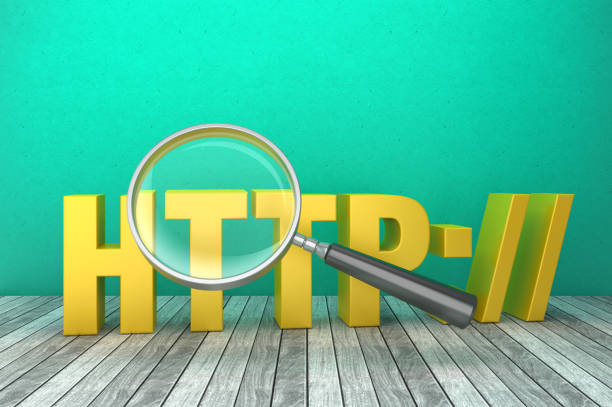
#Structured_data, often known as #Schema_Markup, is a type of code you can add to your website to help search engines better understand your content.
This is a specialized and analytical tool in the field of #on_page_seo that significantly impacts your site’s display in search results.
Although structured data is not a direct ranking factor, it can lead to the display of #rich_snippets in SERP (Search Engine Results Pages).
These rich results include additional information such as star ratings, product prices, recipe cooking times, or expandable FAQs that attract user attention and significantly increase click-through rates (CTR).
Increased CTR, in turn, sends a positive signal to Google and can indirectly influence your ranking.
| Schema Type | Description and Application | Rich Snippet Example |
|---|---|---|
| Schema.org/Product | For products, including price, availability, rating, and user reviews. | Displays product price and stars in search results |
| Schema.org/Article | For news articles and blogs, including publication date, author, and main image. | Displays image and date in news results |
| Schema.org/FAQPage | For Frequently Asked Questions (FAQ) pages. | Expandable sections with questions and answers in SERP |
| Schema.org/LocalBusiness | For local businesses, including address, contact number, operating hours. | Displays contact info and address in local searches |
| Schema.org/Recipe | For recipes, including ingredients, cooking time, rating. | Displays image and cooking time in recipe search results |
Implementing structured data can make your website stand out among competitors and help search engines understand the deeper meaning of your content.
This not only helps with greater visibility but also increases the likelihood of users clicking on your link due to richer information.
Tools like Google’s Structured Data Testing Tool can be used to validate your Schema code.
On-page SEO for Online Stores and Large Websites: Complexities and Strategies
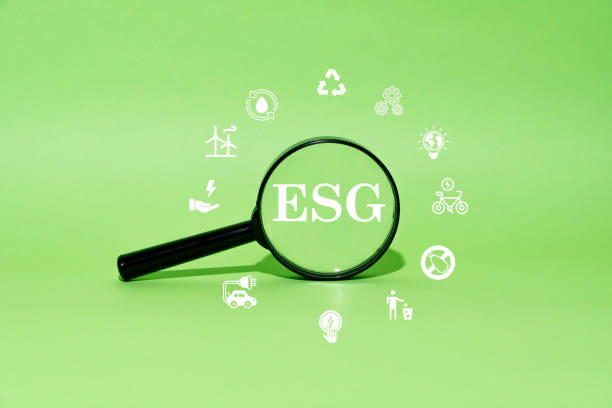
While the principles of #on_page_seo are the same for all websites, implementing it for online stores and very large websites with thousands of pages presents its own unique challenges and complexities.
This section provides specialized guidance for managing on-page optimization at scale.
- Product Page Optimization: Each product page should be fully optimized for keywords related to the product.
This includes the product title, descriptions (with natural keywords and comprehensive information), images (with appropriate Alt Text), and customer reviews (which generate fresh content). - Category Pages: Product category pages also have significant potential for #seo_ranking.
These pages should have unique text descriptions (above or below the product list), appropriate heading tags, and internal links to relevant product pages. - Faceted Navigation: In online stores, filters such as color, size, brand, and price can lead to thousands of duplicate URLs.
Proper management of these filters through #canonical tags and #noindex directives is crucial to prevent duplicate content issues and #crawl_budget problems. - Information Architecture and URL Structure: A logical URL structure and a hierarchical information architecture are very important for search engines and users.
URLs should be short, descriptive, and include keywords (e.g., yoursite.com/category/product-name). - Dynamic Content and UGC: User-generated content (UGC) such as product reviews, Q&A sections, and community forums can continuously add fresh and relevant content to your website, greatly assisting #on_page_seo.
Also, at scale, automated tools for monitoring #on_page_seo status, identifying 404 errors, broken links, and indexing issues are essential.
Using #XML_sitemaps and an optimized #robots.txt_file to properly guide search engine crawlers is also of high importance.
Proper management of #on_page_seo on large websites is an ongoing project that requires careful monitoring and regular updates to stay competitive.
Are you tired of your company’s website not meeting your expectations? With Rasavob, design a professional website that truly represents your business.
✅ Increased attraction of new customers and sales leads
✅ Enhanced brand credibility and trust among your audience
⚡ Get a free website design consultation!
Monitoring and Analyzing On-page SEO Performance: Discovering Opportunities and Resolving Issues
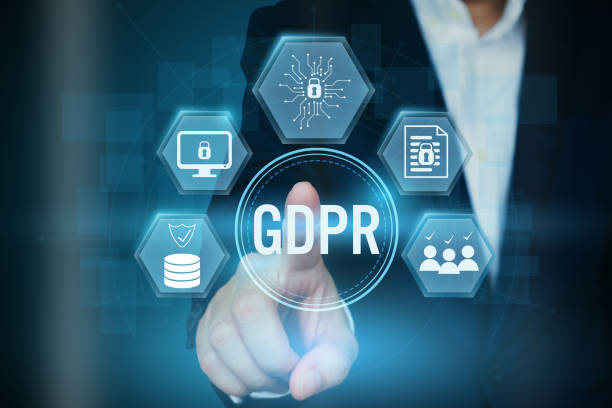
After implementing #on_page_seo strategies, your work is not finished.
Rather, the crucial stage of monitoring and analyzing performance begins.
This approach has an analytical and educational aspect and is essential to ensure the effectiveness of your efforts and identify areas for improvement.
Without data, you are optimizing in the dark.
Key tools for this include:
- Google Analytics: This powerful tool allows you to track your website’s traffic.
You can see how users arrive at your site, which pages they visit, how long they spend on the site, and their bounce rate.
By analyzing this data, you can determine if your #on_page_seo changes have led to improved #user_experience and increased engagement.
For example, if the bounce rate of an optimized page is high, you may need to revise its content or design. - Google Search Console: This tool directly communicates with Google and provides valuable information about how your website appears in search results.
You can see which #keywords your website ranks for, which pages have indexing errors, and which pages need #site_speed improvement.
The “Core Web Vitals” report in Search Console is very important for assessing UX performance from Google’s perspective.
Additionally, this tool helps you identify and fix security or manual issues that could affect your ranking. - Third-party SEO tools: Tools like Ahrefs, Semrush, Moz, and Screaming Frog SEO Spider offer deeper analytical capabilities.
These tools can help you analyze backlinks, competitor analysis, identify internal linking issues, and conduct a comprehensive #on_page_seo audit.
Regular analysis of this data allows you to continuously refine your #on_page_seo strategy.
Identifying underperforming pages, finding new keyword opportunities, and ensuring your website is correctly indexed by search engines are all vital parts of this process.
It is a continuous cycle of optimization, measurement, and improvement.
The Future of On-page SEO: Challenges, Opportunities, and Innovations

The world of #SEO is constantly changing and evolving, and #on_page_seo is no exception.
This section provides thought-provoking and news-related content examining the challenges and opportunities that will face SEO professionals in the future.
- Artificial Intelligence and Machine Learning: Google’s algorithms increasingly use Artificial Intelligence (AI) and Machine Learning (ML) to better understand user intent and content meaning.
This means that simply including keywords is no longer enough; content must truly answer user questions and provide value.
Is your content comprehensive and specialized enough to compete with AI-generated content? - Google’s E-E-A-T Metrics: The concepts of #Experience, #Expertise, #Authoritativeness, and #Trustworthiness (E-E-A-T) emphasized by Google are becoming more important in #on_page_seo.
This means your content must be written by knowledgeable and authoritative individuals and be trustworthy.
How can you demonstrate this trust and authority through your content? - Voice Search: With the increasing popularity of voice assistants, #voice_search is becoming an important channel.
Voice keywords are often longer and in the form of conversational questions.
This increases the need for optimization for natural language and interrogative sentences. - Video Content and Podcasts: Given the continuous growth in video and audio content consumption, optimizing these formats for #on_page_seo is becoming increasingly important.
Can you use transcripts and structured data to increase the visibility of this content? - Semantic Web and Knowledge Graph: Google is moving towards a “semantic web” where not only keywords but also the relationships between entities and concepts are understood.
Using #structured_data and creating content related to Google’s #knowledge_graph can be helpful in this regard.
The future of #on_page_seo revolves around providing the best and most authoritative content to users, considering their intent and using advanced technologies for better communication with search engines.
By understanding these trends and adapting your strategies, you can ensure that your website remains competitive in this constantly changing landscape.
This is a continuous path of learning and adaptation where #on_page_seo plays a central role.
Frequently Asked Questions
| No. | Question | Answer |
|---|---|---|
| 1 | What is On-Page SEO? | On-page SEO refers to a set of actions taken within a website to optimize its pages to achieve a better ranking in search results. |
| 2 | What is the most important factor in On-Page SEO? | High-quality, relevant, and comprehensive content that addresses user needs is the most important factor in on-page SEO. |
| 3 | What role does the Title Tag play in On-Page SEO? | The title tag is one of the most important factors that tells search engines and users what the page content is about. It should include the main keyword and be engaging. |
| 4 | How important is the Meta Description tag? | Although it does not directly affect rankings, it is very effective on the click-through rate (CTR) in search results and encourages users to visit the page. |
| 5 | How is image optimization done in On-Page SEO? | By using appropriate alt tags, compressing image size to increase loading speed, and meaningfully naming the image file. |
| 6 | What is the importance of using headings (H1, H2, H3) in On-Page SEO? | Headings help structure content, increase readability, and assist search engines in understanding the hierarchy and sub-topics of the content. |
| 7 | What does Internal Linking mean and what are its benefits? | Internal linking means creating links between different pages of a website. This helps distribute authority, improve user navigation, and assist search engine crawling. |
| 8 | Where should the main keyword (Focus Keyword) be placed on the page? | The main keyword should be placed in the title tag, meta description, H1, first paragraph, and naturally throughout the text, and if possible, in the URL. |
| 9 | What impact does copied or duplicate content have on On-Page SEO? | Duplicate content can harm site rankings and confuse search engines about which version is original, and they might flag it as spam. |
| 10 | How important is page loading speed in On-Page SEO? | Page loading speed is an important ranking factor and directly affects user experience. Slow pages lead to an increased user bounce rate. |
And other advertising services by Rasavob Advertising Agency
Smart Link Building: Revolutionize SEO ranking improvement with the help of real data.
Smart Social Media: Professional optimization for customer acquisition using attractive UI design.
Smart Marketplace: A novel service for enhancing customer behavior analysis through the use of real data.
Smart Digital Branding: Designed for businesses seeking to attract customers through marketing automation.
Smart Customer Journey Map: A fast and efficient solution for increasing site visits by focusing on optimizing key pages.
And over hundreds of other services in the field of internet advertising, advertising consultation, and organizational solutions
Internet Advertising | Advertising Strategy | Advertorials
Sources
Complete Guide to Internal SEO
Internal Linking Strategies
Anchor Text Optimization for SEO
The Importance of Site Structure in Internal SEO
? Is your business ready to leap forward in the digital world? Rasavob Afarin Digital Marketing Agency, with expertise in fast website design, SEO, and comprehensive online marketing strategies, paves the way for your brand’s growth.
For a free consultation and more information about our services that guarantee your online success, contact Rasavob Afarin’s expert team today.
📍 Tehran, Mirdamad Street, next to Bank Markazi, Kazerun Jonubi Alley, Ramin Alley, No. 6




